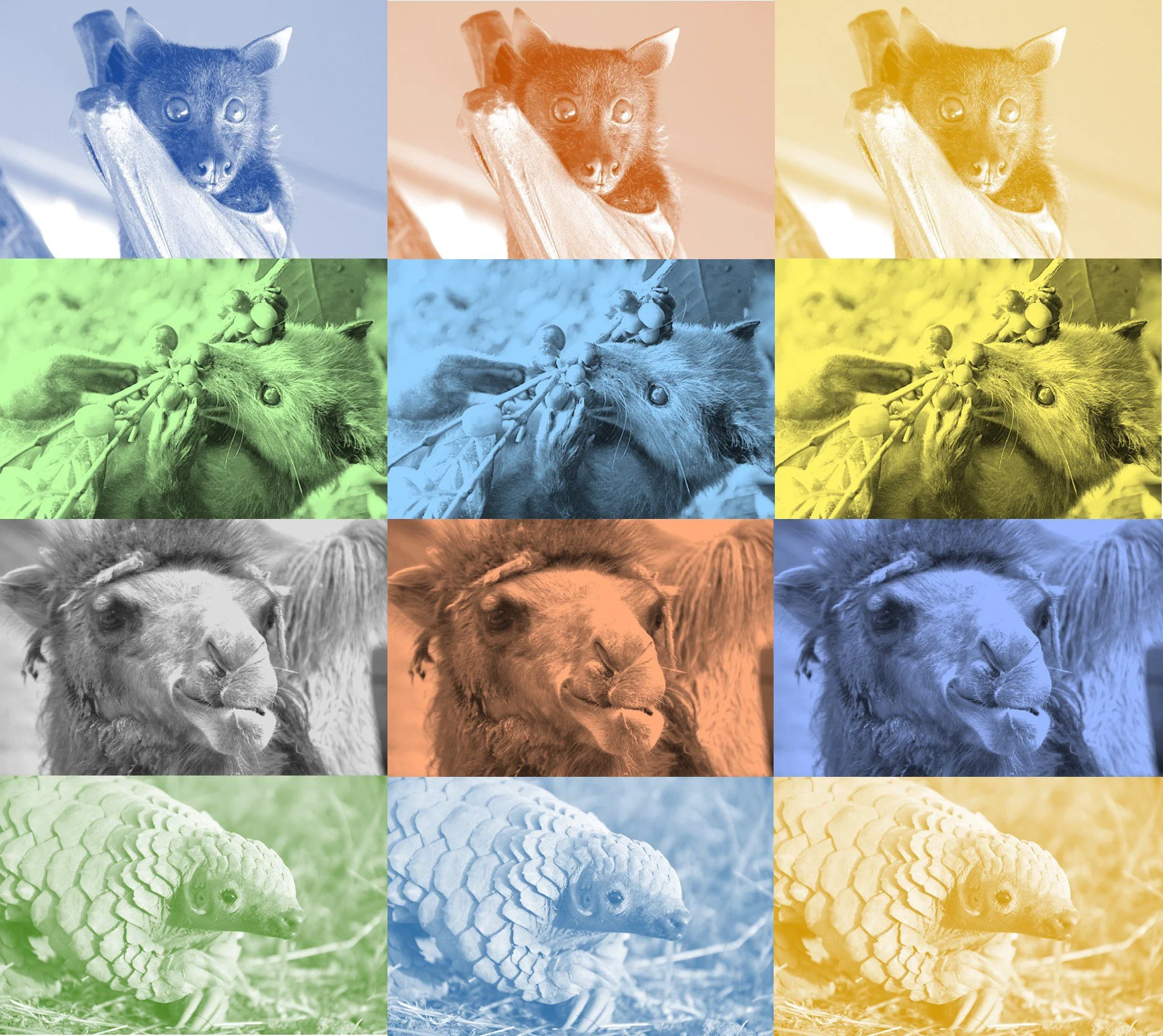SARS-CoV-2: Searching for the animal source
Author: Betty Lau (April 22nd 2020)
(Edited by Elena Sugrue)
As scientists race to understand the current pandemic, one key question they are tackling is – where did the new coronavirus come from?
Officially named SARS-CoV-2, the new coronavirus first emerged in humans after making the jump from animals in late 2019. Scientists are tracing the source by searching for closely related viruses in animals. Although some forward strides have been made, the origins of SARS-CoV-2, which causes COVID-19, remains a mystery.
Snakes were briefly put forward as a contender for the source of the pandemic in January, when a controversial report suggested SARS-CoV-2 and snakes had a similar genetic characteristic. Other scientists were doubtful for several key reasons, such as the lack of evidence that coronaviruses can infect snakes.
In the following months, there was much speculation that human(s) first caught SARS-CoV-2 from the ant-eating pangolin. Ignited by researchers looking at a gene section called the receptor binding domain, they found a pangolin coronavirus that was 99% identical to the human virus. The receptor binding domain decides how a virus can grip onto a host cell, so the pangolin virus needs to match closely with SARS-CoV-2 in this region to be able to infect a human cell. However, the remainder of the pangolin virus genetic material should be highly similar too, which, at 90.3% overall similarity, was not close enough to consider the pangolin virus studied to be the animal source. Three other reports studying smuggled pangolins also only found viruses that shared between 85.5% to 92.4% of their genetic material with the human virus. For context, the origin of the virus responsible for the 2003 SARS outbreak was only thought to be the cat-like civets after finding a civet coronavirus that was 99.8% genetically similar. Pangolins are still candidates, but this is far from confirmed.
The closest relation of SARS-CoV-2 found so far is a bat virus that shares 96.2% of its genetic code, though the differences in the receptor binding domain suggest the bat virus may not be able to infect humans. These findings nudge forward one theory, where SARS-CoV-2 transmitted from bats to humans through an intermediate. This was the route thought to be taken by the two previous coronaviruses that caused outbreaks: SARS in 2003 (bats→civets→humans) and MERS in 2012 (bats→camels→humans), therefore this theory is favoured by scientists.
Bats, along with rodents, are the starting points for many new human viruses, and what factors are behind this phenomenon is another research focus. Recent work from our institute implies that it may simply be a numbers game. The analysis found that the more species within a group (called order) of animals, the more viruses that group tend to harbour. As the two orders of mammals with the most species, bats and rodents also had the most viruses, and proportionally, they had the most human-infecting viruses. This study only looked at groups, so it is still possible that certain species of hosts or viruses have specific traits that increases the chances of virus-leaping from animal to humans.
Following SARS-CoV and MERS-CoV, SARS-CoV-2 is the third coronavirus to spill over from animals to humans in the last 20 years. Pinning down the origins of SARS-CoV-2 and the evolutionary journey it undertook will help stop new outbreaks in the future.


